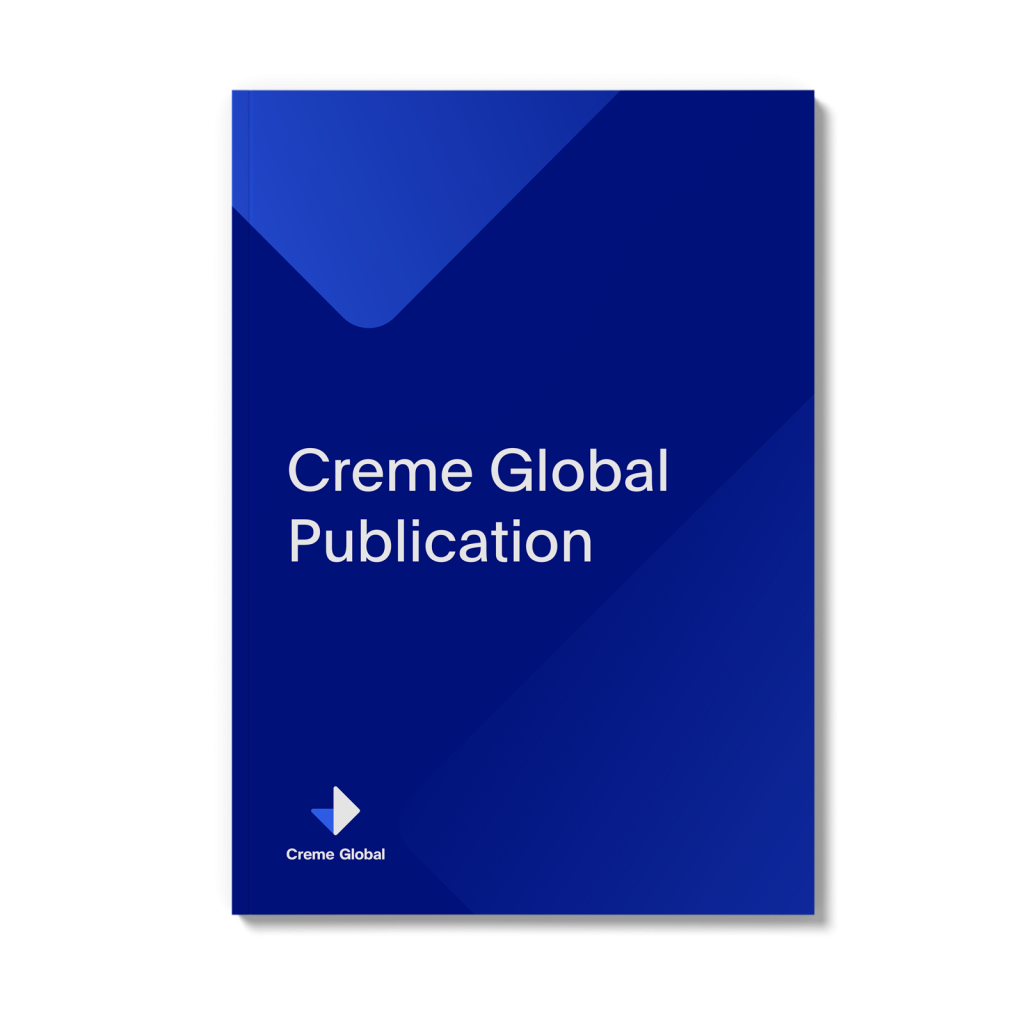Recent data from the EC-funded ODIN project on vitamin D [Food-based solutions for Optimal vitamin D Nutrition and health through the life cycle; EC Contract 613977] show that the prevalence of vitamin D deficiency in Europe, using a threshold for serum 25-hydroxyvitamin D (25(OH)D) of 30 nmol/L, is 1 in 8( Reference Cashman, Dowling and Skrabakova1 ). Thus, it is clear that strategies for vitamin D deficiency prevention are required( Reference Kiely and Cashman2 ). As the natural dietary supply is insufficient to meet vitamin D requirements, careful application of fortification (nutrient addition in controlled amounts) and bio-fortification (enrichment of animal food sources, e.g. meats, eggs, fish, mushrooms) approaches could safely increase vitamin D intakes across the population distribution and prevent deficiency( Reference Black, Walton, Flynn, Cashman and Kiely3 ). This study aimed to assess the safety of a range of fortification and supplementation scenarios into the European food supply.
The EFSA Comprehensive Database( 4 ) was used to provide an indication of average vitamin D exposure and safety of various intervention strategies. The EFSA Comprehensive Database aims to harmonise data from 20 member states and 32 food surveys, via the FoodEx classification system. Its main use is as a screening tool to assess chemical exposure. Data vary in their availability, quality, methodology, granularity and year of assessment. Specific vitamin D-containing food groups were matched to the level 2 FoodEx system. As intake at individual food level is not available, a conservative approach for specific food groups and their vitamin D content was taken by applying the highest vitamin D concentration possible within a given food group. Dietary supplements were assumed to be 100 % vitamin D supplements. Mean and P95 vitamin D exposure were assessed for each food group and consecutively for the total diet. For the P95, the eight highest intakes were summed to estimate total dietary intakes. The table shows data from Italy and Sweden as examples.
A worst-case scenario approach placed vitamin D intakes from fortification and bio fortification well below the Upper Level of Intake (UL) of 100 µg/day. Conservative addition of supplementation at 50 µg/day exceeded the UL at the P95.
This project received funding from the European Union’s Seventh Framework Programme for research, technological development and demonstration under grant agreement no. 613977.
